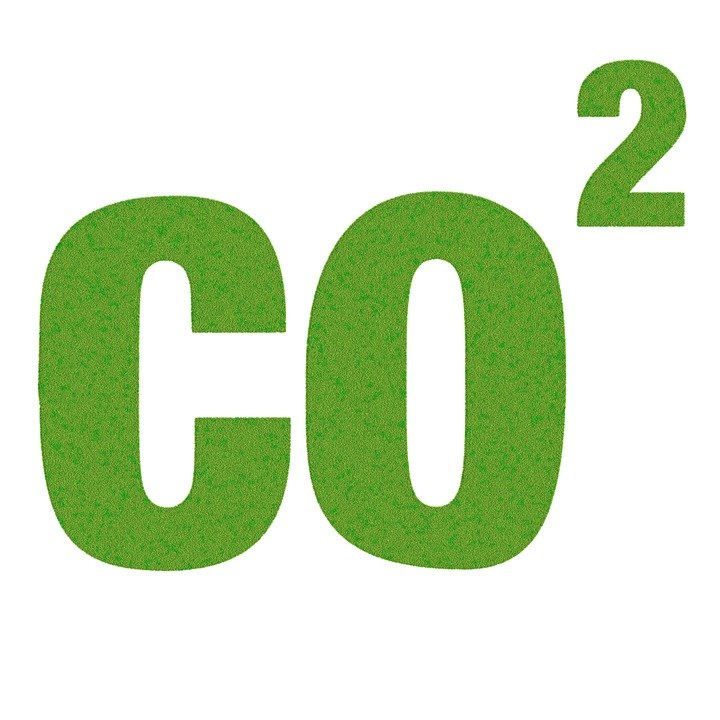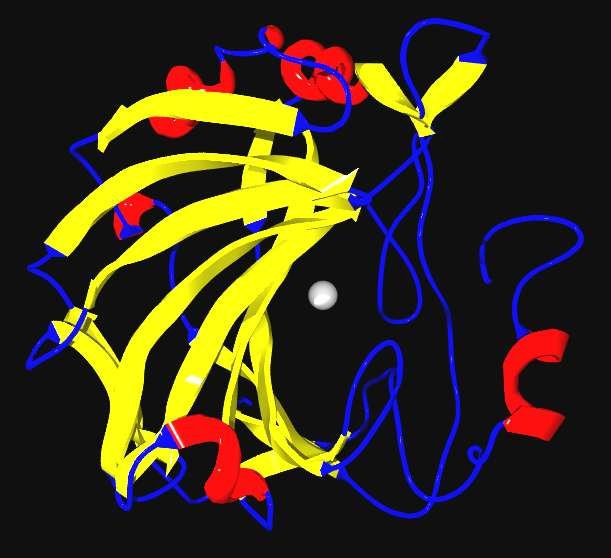To reduce the CO2 content in the atmosphere, it is possible to limit the emissions. We can also consider its sequestration. Especially since in the oceans, this takes place naturally. US scientists have just highlighted one of the chemical mechanisms underlying this process.

Researchers at Caltech and the University of California (USA) have succeeded in unraveling one of the mysteries of the natural sequestration of CO2 by the oceans. In doing so, they have also found a solution to accelerate this process by several orders of magnitude, enriching the medium with a simple enzyme.
Remember that the ocean is the largest reservoir of CO2 in the world. In response to the increase in CO2 levels in the atmosphere, its surfaces have absorbed more and more of this greenhouse gas. Today, it contains about 50 times more carbon dioxide than our atmosphere.

Carbonic anhydrase - an enzyme that helps regulate the pH of human blood - could be a key to sequestering CO2 in the oceans.
An enzyme to accelerate the natural process
The capture of CO2 by the ocean makes the surface water more acidic. However, when they are carried by the bottom, they react with dead calcium carbonate shells and thus neutralize the excess carbon dioxide. Unfortunately, it is difficult to envisage copying this natural process to combat global warming because it takes place over tens of thousands of years. And, meanwhile, the acidification of the waters damages the biodiversity of the oceans.
To understand why such slowness, American researchers have studied the process by detail. They have discovered that the reaction which, from CO2 and water, produces carbonic acid slows down the process. And by adding an enzyme, carbonic anhydrase, to the medium, they observed that the reaction occurred some 500 times faster. What to consider to mimic the natural process in favor of a safe system of sequestration of CO2.

More tax dollars wasted on a watermelon created hoax. A day in the life of our mastermind establishment government workers.